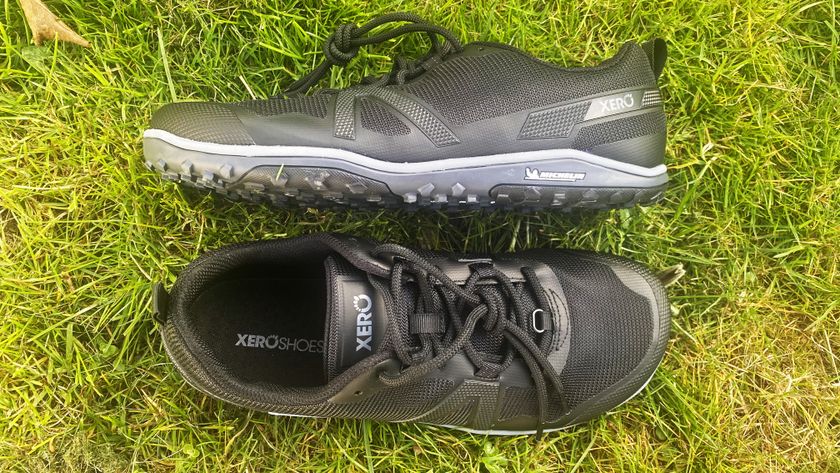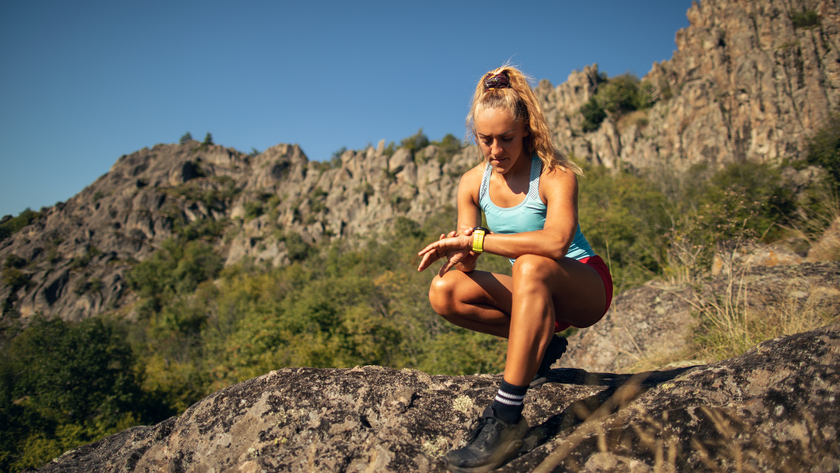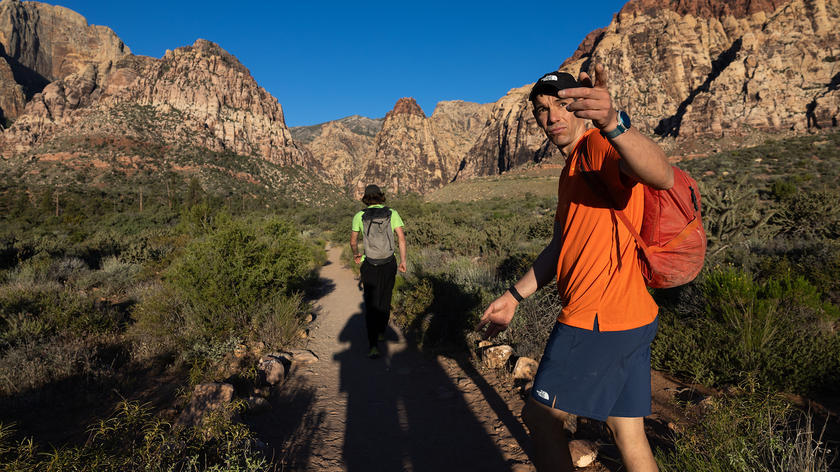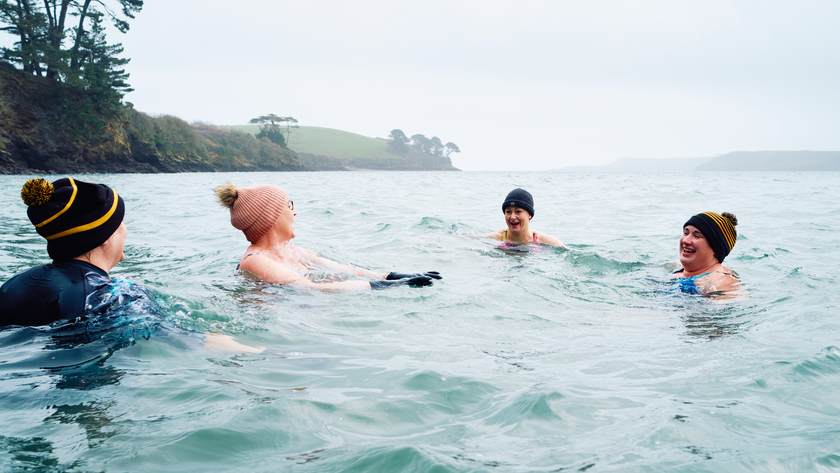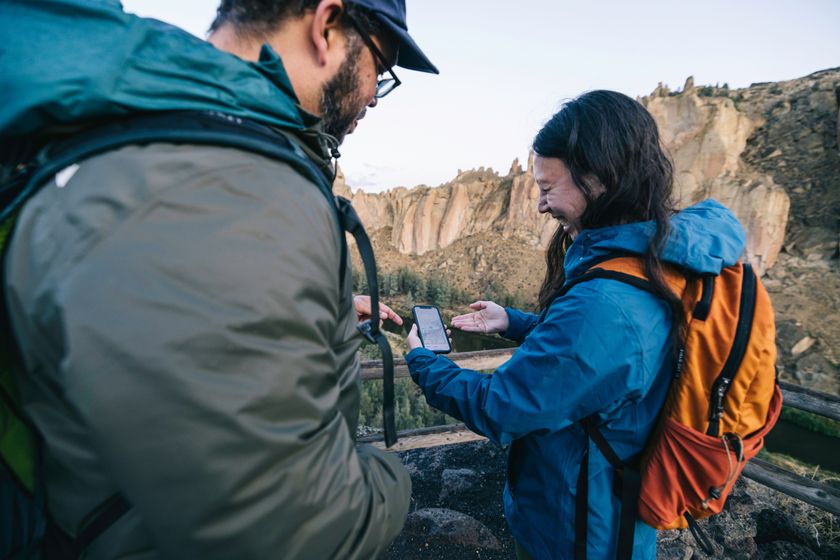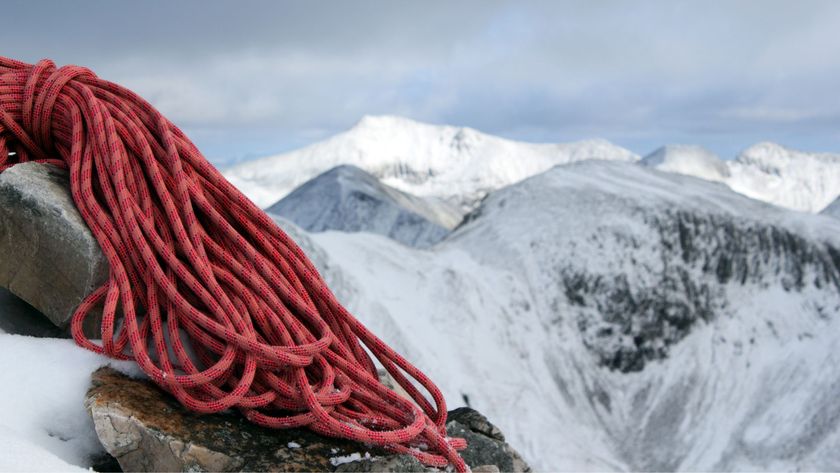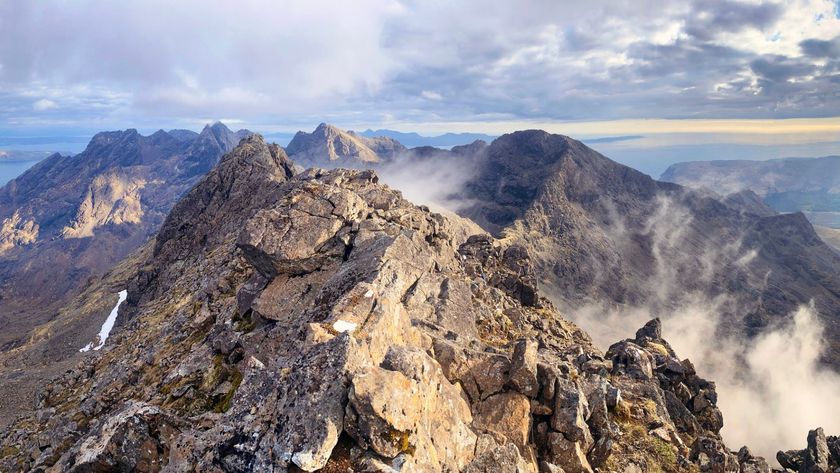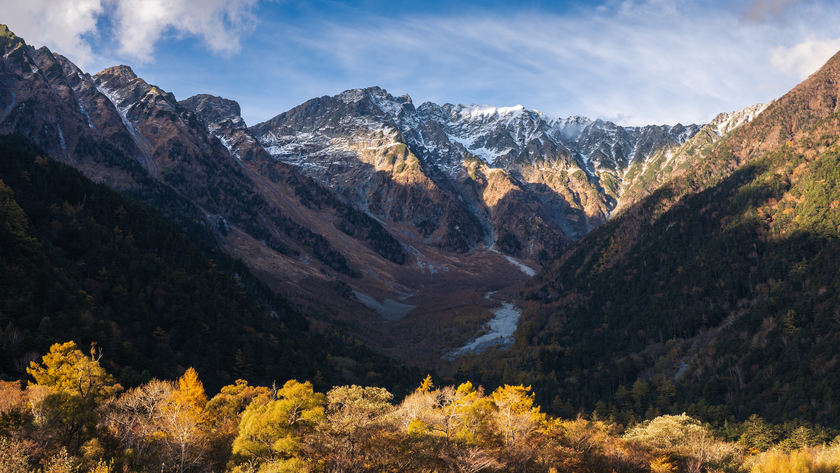Tourists leave unsupervised children feeding elk at Yellowstone National Park
The youngsters were seen picking grass and trying to hand-feed cow elk and their calves
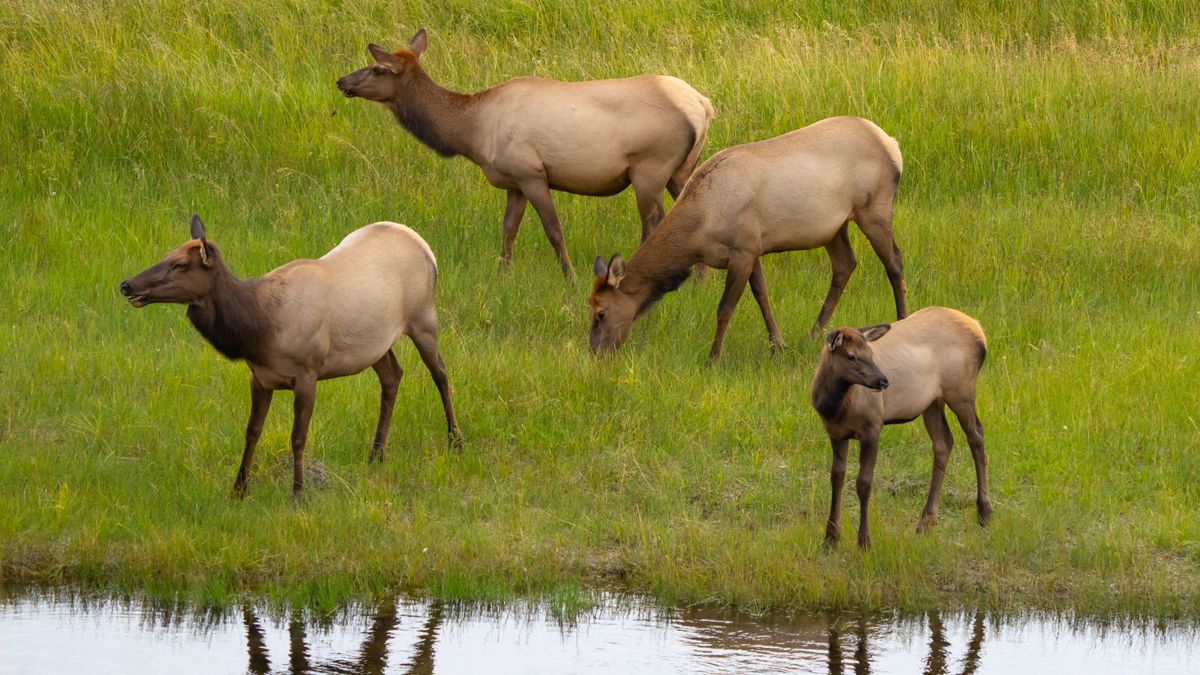
A group of unaccompanied children have been seen at Yellowstone National Park trying to feed cow elk and their calves handfuls of grass. Elk are usually docile and prefer to avoid close encounters with humans, but cows can be aggressive if their calves are threatened, so getting between them can be very dangerous.
In 2018, two people were hospitalized after being attacked by a particularly protective cow at Yellowstone.
"The elk reportedly reared up and kicked [the victim] multiple times with its front legs, hitting her head, torso, and back," the National Park Service (NPS) said in a statement after one of the attacks.
A video of the children trying to feed the elk was shared via Instagram account TouronsOfYellowstone, which calls out examples of bad behavior at US National Parks. Other incidents in recent months have included park visitors chasing bears, petting bison, and walking barefoot on Grand Prismatic.
A post shared by TouronsOfYellowstone (@touronsofyellowstone)
A photo posted by on
Elk can give a nasty bite if visitors attempt to hand-feed them. In 2021, a young boy received a nasty bite while trying to feed the animals at Rocky Mountain National Park.
Feeding wild animals can also lead to habituation, where an animal loses its natural wariness of humans. Habituated animals are much more likely to come into contact with people, which can be dangerous for all involved. Animals that lash out at people are likely to be euthanized for public safety.
Elk safety
The NPS warns people visiting Yellowstone to stay at least 25 yards (23 meters) away from elk and bison, and 100 yards (91 meters) from carnivores like wolves and bears. The best way to watch wildlife is from within the safety of your car, or with a pair of binoculars (see our guide to the best binoculars for our top recommendations).
Advnture Newsletter
All the latest inspiration, tips and guides to help you plan your next Advnture!
"Cow elk are especially fierce and protective around their calves in the spring," Park Ranger advise hikers. "Around Mammoth Hot Springs, they often hide calves near cars or buildings. Be cautious when exiting buildings or approaching blind corners. In the fall, bull elk battle for access to cows and challenge other males during the rut. They also charge cars and people who get too close."
If you're planning to visit a National Park in the coming weeks, take a look at our guide how to enjoy elk rutting season safely to find out how to get the most out of the experience. You might also be interested in our 6 wildlife photography tips from a pro, which is packed with advice to help you take better shots.
- The best hiking shoes: lightweight footwear for fall adventures

Cat is Homes Editor at TechRadar and former editor of Advnture. She's been a journalist for 15 years, and cut her teeth on magazines before moving online. She helps readers choose the right tech for their home, get the best deals, and do more with their new devices.

